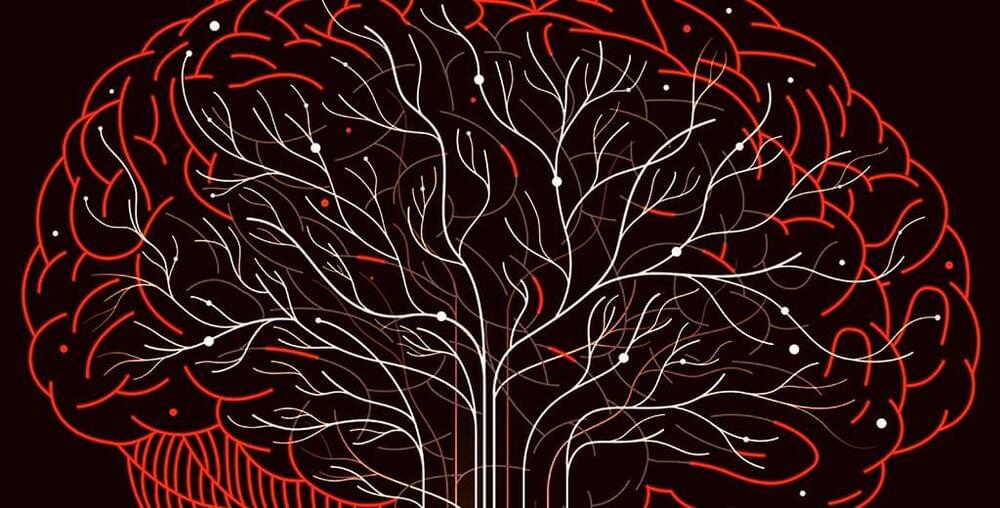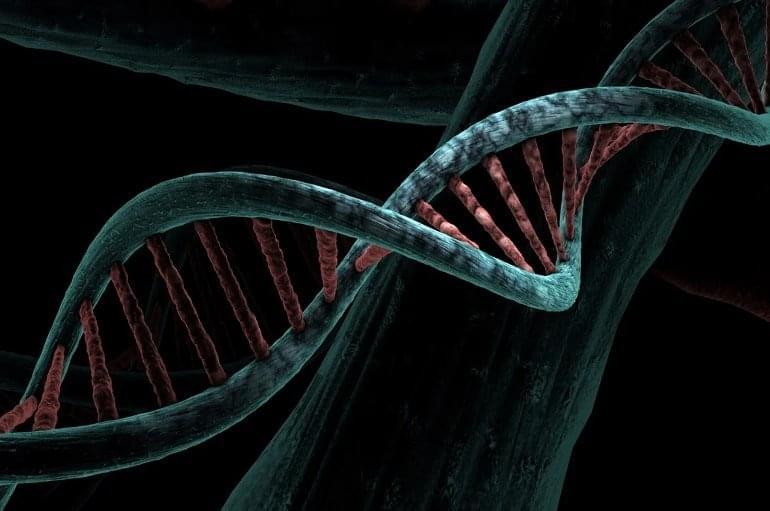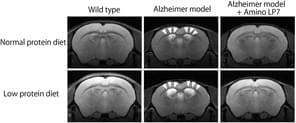Balancing Risk and Cutting Edge Medical Innovation — Dr. Paul Offit, MD, Director, Vaccine Education Center, Children’s Hospital of Philadelphia.
Dr. Paul A. Offit, MD, (https://www.paul-offit.com/) is an internationally recognized expert in the fields of virology and immunology, Co-Inventor of a landmark vaccine for the prevention of Rotavirus gastroenteritis, and holds multiple titles including — Director of the Vaccine Education Center at Children’s Hospital Of Philadelphia (CHOP), Maurice R. Hilleman Chair of Vaccinology and Professor of Pediatrics, Perelmann School of Medicine, University of Pennsylvania, and Adjunct Associate Professor, The Wistar Institute of Anatomy and Biology.
Dr. Offit was a member of the Advisory Committee on Immunization Practices to the Centers for Disease Control and Prevention, a founding advisory board member of the Autism Science Foundation and the Foundation for Vaccine Research, a member of the Institute of Medicine, and co-editor of the foremost vaccine text, Vaccines.
Dr. Offit is a recipient of many awards including the J. Edmund Bradley Prize for Excellence in Pediatrics from the University of Maryland Medical School, the Young Investigator Award in Vaccine Development from the Infectious Disease Society of America, a Research Career Development Award from the National Institutes of Health, and the Sabin Vaccine Institute Gold Medal.
Dr. Offit has published more than 150 papers in medical and scientific journals in the areas of rotavirus-specific immune responses and vaccine safety. He is also the co-inventor of a landmark rotavirus vaccine recommended for universal use in infants by the CDC.





